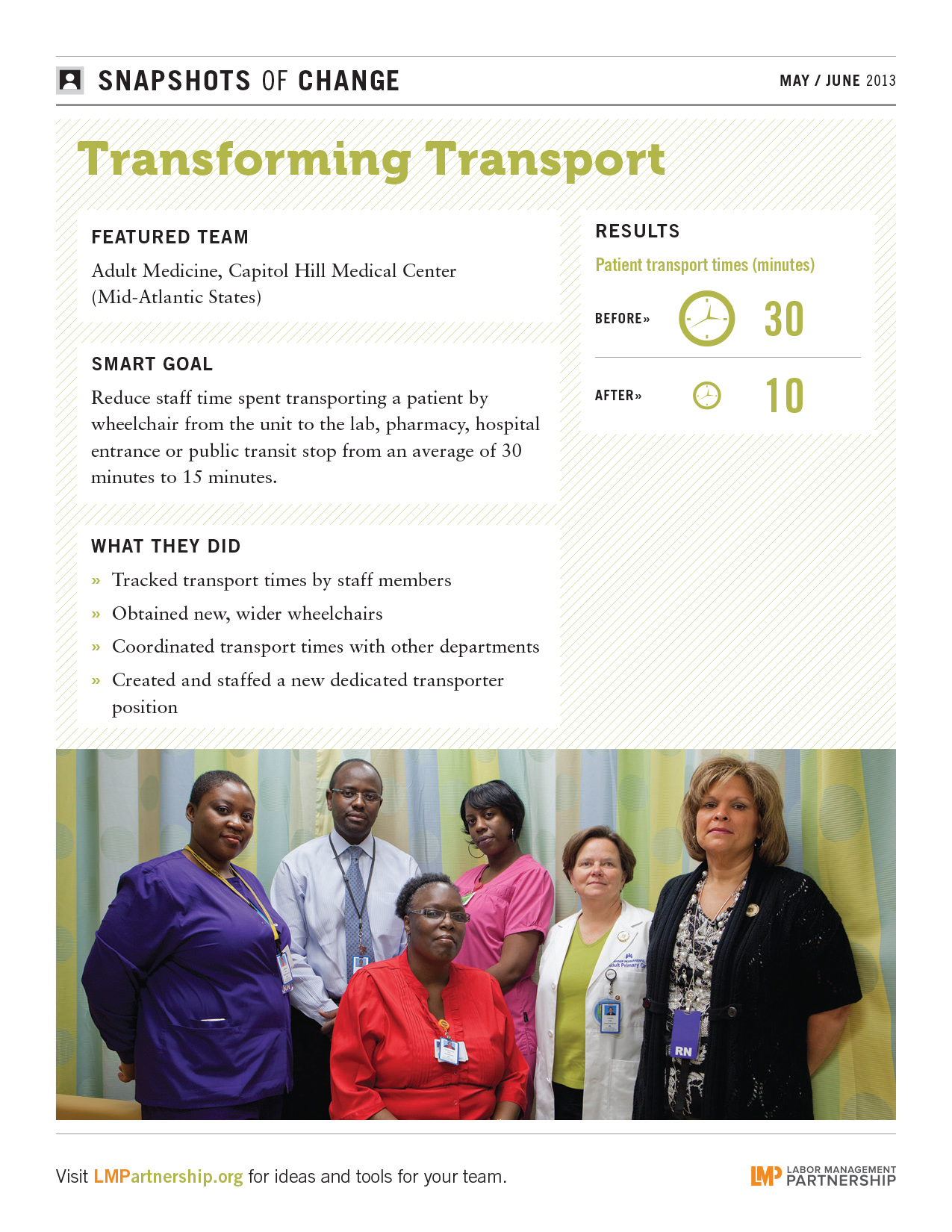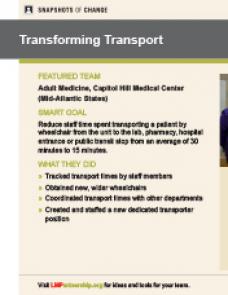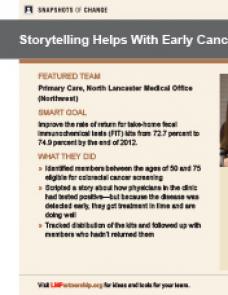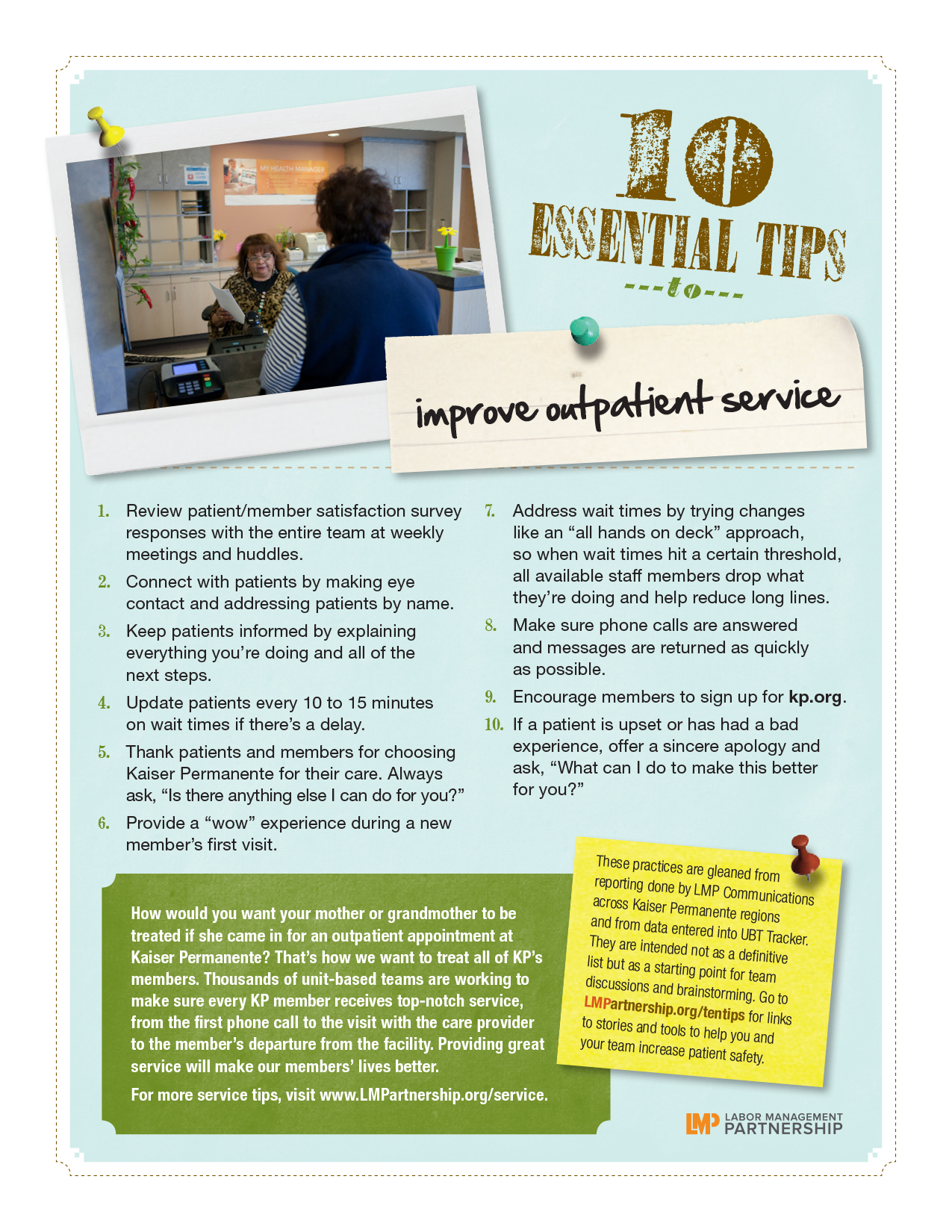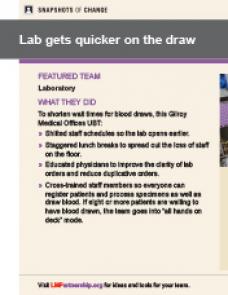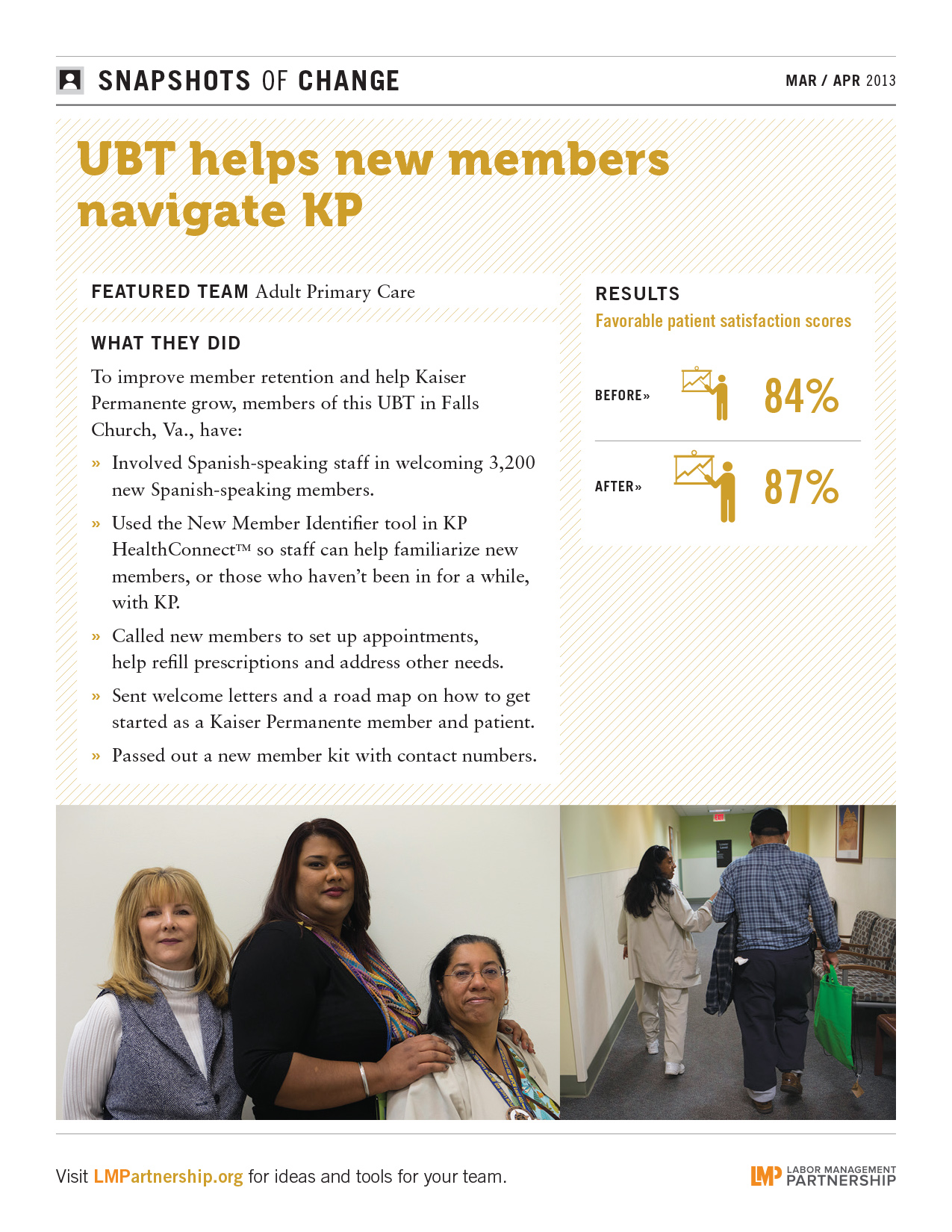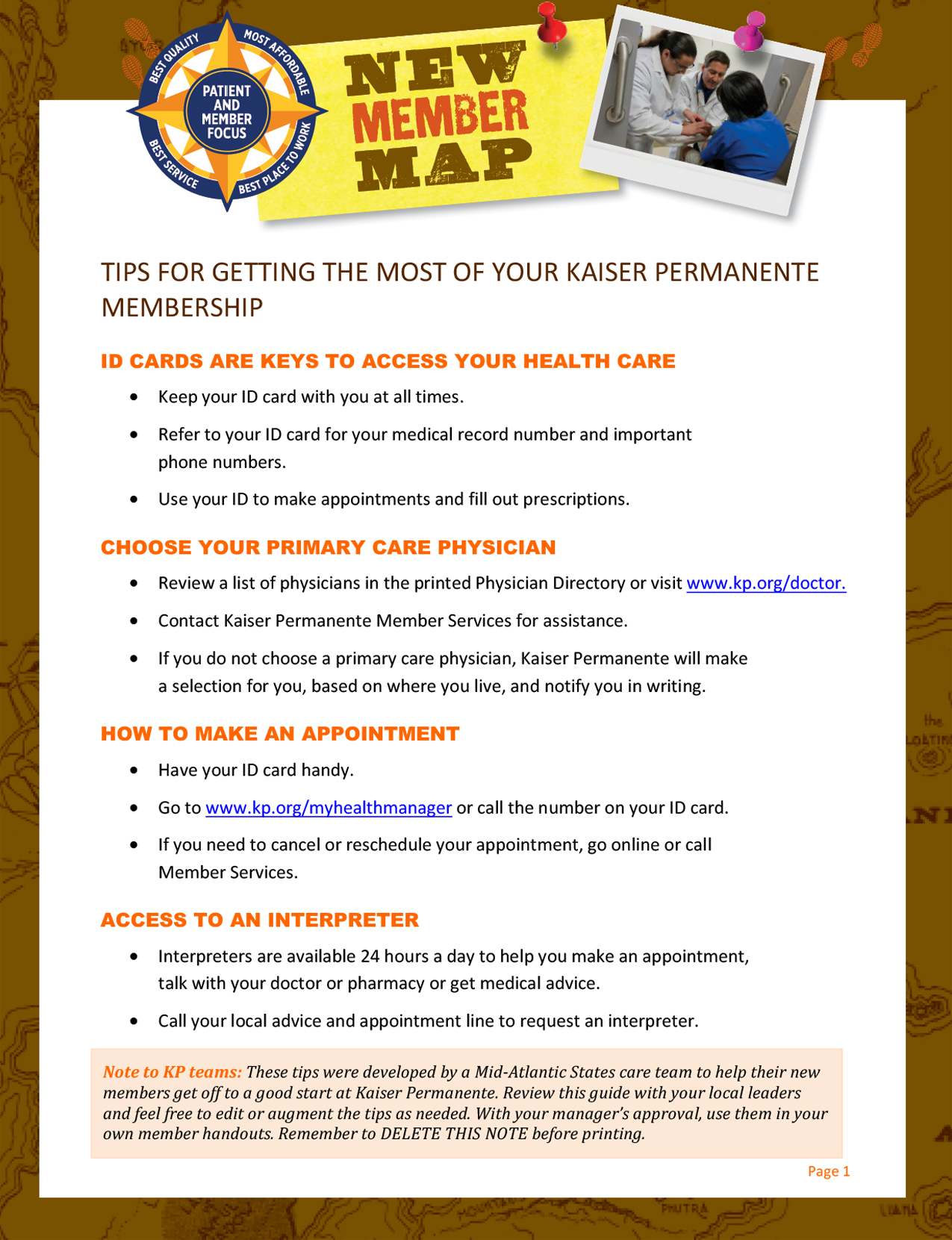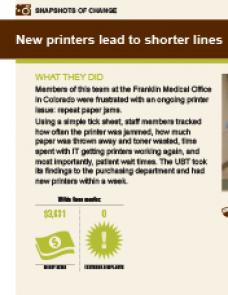During the normal stress of being admitted to the hospital, it's not always clear to patients and their families who does what.
And if a nurse or clerk can’t answer a question on admissions, the patient can get frustrated.
So it was in the admitting department at Fremont Medical Center in Northern California, where patients gave low satisfaction scores regarding the process.
“Many different staff use the word ‘admitting,’ so we needed to make sure we stood out, and that patients knew when their admission officially began and ended,” says labor co-lead and admitting representative Joanna Nelson.
Team members thought one of their biggest challenges was making sure patients knew when they were dealing with admitting staff versus other employees.
They first tried using scripted language, the “Right Words at Right Time” (RWRT) approach to let patients know when the actual admission process had started and the representative’s role.
When that failed, the UBT added another level of patient service and rounding, which included a small gift and card.
The gifts were mostly Kaiser Permanente brand items including cups, tablets, aprons, vases or plants. Admitting representatives also gave personal cards to each patient.
“We came up with an extra-special plan for our new admissions. Once the patient was admitted, the Admitting rep went back up to the room—either later that same day or the next day—and gave our patients a welcome gift,” shop steward and OPEIU Local 29 member Nelson says, describing the gesture as a “thank you for choosing our hospital.”
And it worked.
In four quarters, polite and professional customer service scores improved 21 points, and efficient and easy customer service scores picked up three points.
The team also helped by letting patients know how all the pieces fit together.
“Personalize your admitting process,” says Fonda Faye Carlisle, manager, Admitting and Patient Financial Services. “Since the admitting department is not the only voice that says, ‘I will be admitting you,’ admitting needs to personalize so the patient can differentiate between them and others, such as nursing.”
There were team benefits, as well, beyond the scores. Department morale and attendance also increased.
“Our satisfaction is seeing our patients happy and watching our scores improve,” Nelson says.

